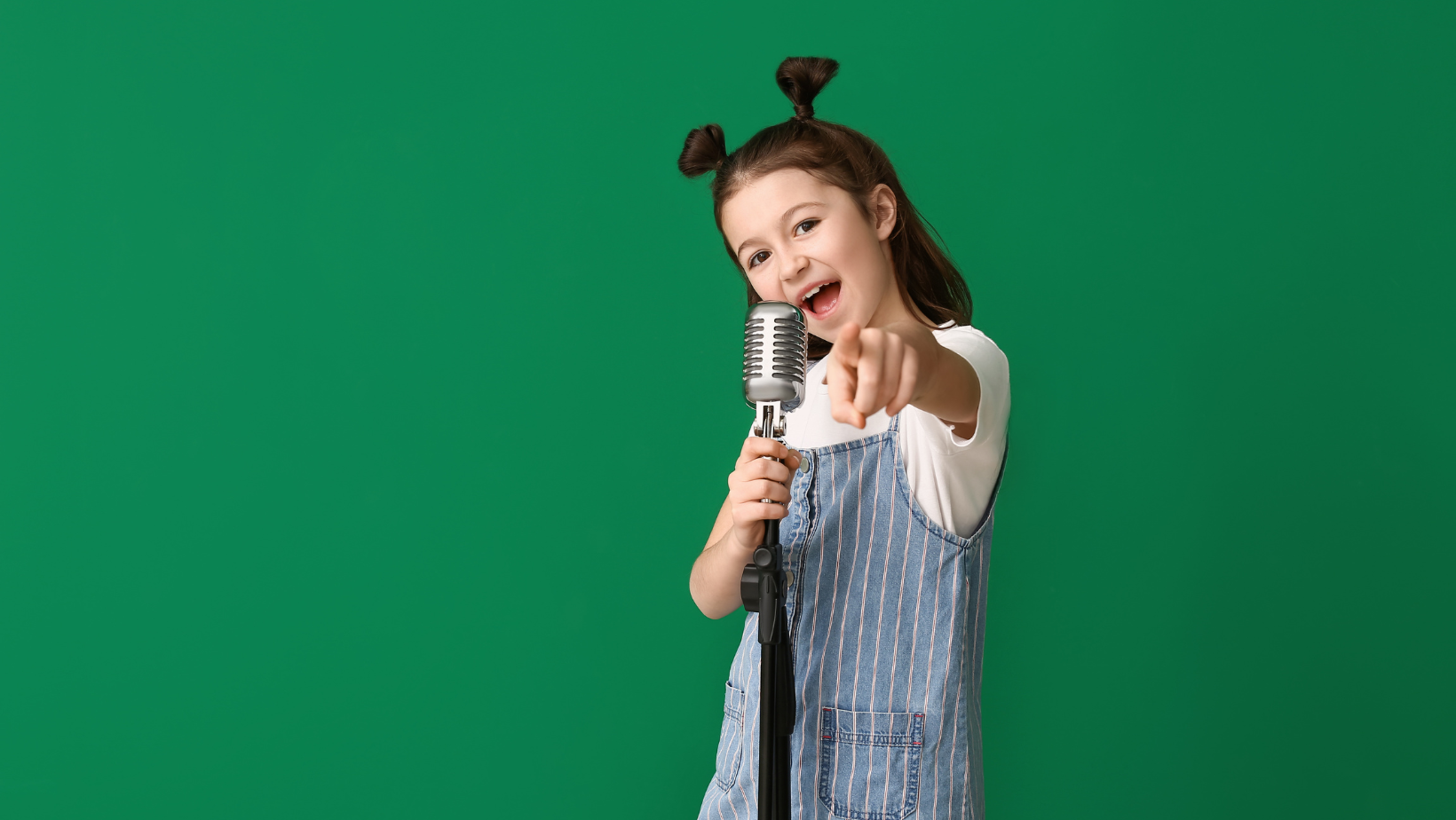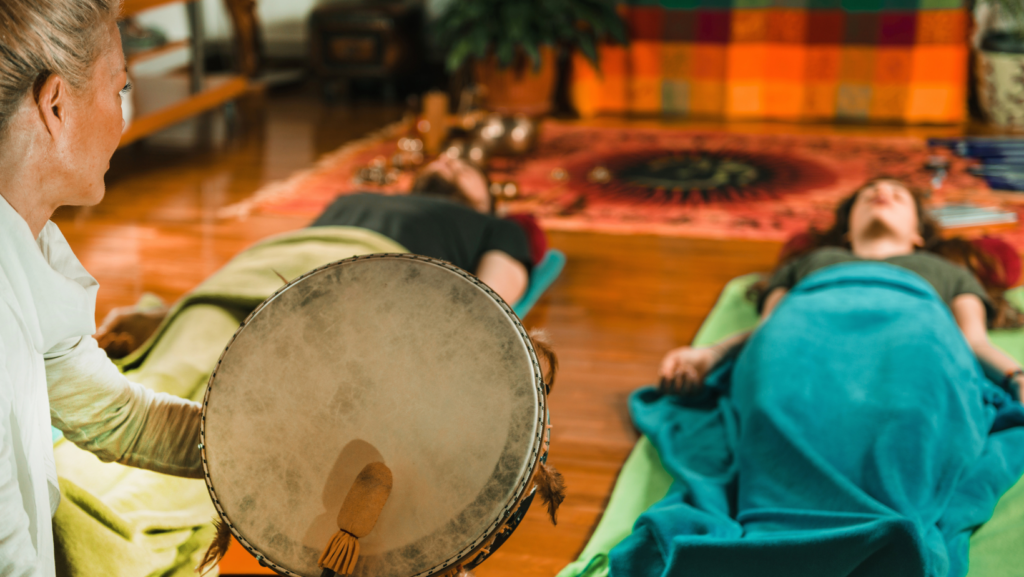Imagine a world where music isn’t just a source of entertainment, but a powerful tool for healing. Welcome to the fascinating realm of music therapy activities.
Let’s dive into the world of music therapy activities, where healing harmonies and therapeutic tunes play the starring role.
Music Therapy Activities
Making a pivotal contribution to overall wellness, the core music therapy activities are span singing, playing instruments, and composing. Largely evidence-based, these activities, tailored to individual needs, foster health and a sense of well-being.
Singing and Vocalization
 Singing yields numerous benefits, engaging cognitive functions, stoking emotional expression, and promoting social skills. Herein, music therapy harnesses vocalization as a strategic tool. This activity engages speech areas of the brain, thus benefiting those with language difficulties. Also, singing familiar songs conjures nostalgia often triggering memories, thereby useful for handling Alzheimer’s or dementia patients.
Singing yields numerous benefits, engaging cognitive functions, stoking emotional expression, and promoting social skills. Herein, music therapy harnesses vocalization as a strategic tool. This activity engages speech areas of the brain, thus benefiting those with language difficulties. Also, singing familiar songs conjures nostalgia often triggering memories, thereby useful for handling Alzheimer’s or dementia patients.
Instrumental music forms another pillar in the music therapy initiative. Playing an instrument demands coordination between mind and body, hence enhancing motor skills. Illustratively, beating a tambourine or strumming a guitar not only confers rhythmic satisfaction but also physically stimulates the body. Besides motor function, engagement in learning and playing instruments fuels cognitive abilities and incites emotional expression.
Improvisation and Composition
Improvisation and composition offer participants a canvas to express their feelings and emotions creatively. They enable personal exploration and provide an avenue for non-verbal communication. In the improvisation process, for instance, participants react spontaneously to musical prompts, shaping their responses into unique, expressive creations.
Music Therapy for Different Age Groups
Catering to distinctive needs, music therapy practices differ across various age groups. It adapts to, and aids in, various developmental stages – children, adults, and seniors all experience unique benefits.
Music Therapy for Children
 The versatility of music promotes growth in children. Delving into rhythmic patterns promotes learning and develops language skills, facilitating early communication. Instruments with simple operations, such as drums or xylophones, boost motor skills. Additionally, these activities encourage social interaction, fostering children’s ability to relate to, and connect with, their peers.
The versatility of music promotes growth in children. Delving into rhythmic patterns promotes learning and develops language skills, facilitating early communication. Instruments with simple operations, such as drums or xylophones, boost motor skills. Additionally, these activities encourage social interaction, fostering children’s ability to relate to, and connect with, their peers.
With adulthood comes complex, often stressful, lives. Music therapy becomes a refuge. It provides emotional support and stress relief. Singing helps them express feelings verbally, while playing an instrument offers a non-verbal outlet for emotions. The practices also promote better memory and enhanced cognition, aiding adults in their daily tasks.
Music Therapy for Seniors
Elderly individuals find solace in music therapy. It induces nostalgia, making them revisit cherished memories, and in turn, helps maintain cognitive health. In the case of individuals suffering from Alzheimer’s or dementia, rhythmic interaction supports memory recall. Additionally, music therapy also aids in improving motor functions, crucial in mitigating age-associated physical decline.
Implementing Music Therapy
Building off the previous understanding of the beneficial effects of music therapy across varying age groups, this section provides a deeper look into the implementation of music therapy. It explores the optimal settings and environments for conducting music therapy, plus the essential tools and instruments required for effective sessions.
Settings and Environments
Optimal settings for music therapy depend on the recipient’s individual needs and comfort. For instance, children might experience beneficial effects in school or at a playground, using familiar sights and sounds to help them connect with therapy.
Tools and Instruments Needed
 The essence of music therapy activities lies not just in listening, but also in making, music. Instruments play a vital role, being more than just objects of sound production. They facilitate expression, promote interaction, and stimulate memories or emotions.
The essence of music therapy activities lies not just in listening, but also in making, music. Instruments play a vital role, being more than just objects of sound production. They facilitate expression, promote interaction, and stimulate memories or emotions.
Music therapy activities possess potential to offer therapeutic benefits to people of all ages is undeniable. It’s a powerful tool, aiding in language development, emotional support, cognitive enhancement, and memory recall. The beauty of music therapy lies in its adaptability. It can be implemented in various settings, from schools to homes, and even natural environments, employing a range of instruments or non-musical tools. Its personalized nature allows it to cater to individual needs and preferences, amplifying its effectiveness.

